Have you ever wondered which beer reigns supreme in the United States? From its rich history and global influence, Guinness has long been a symbol of quality and tradition. But what beer statistics reveal about the American market might surprise you. The U.S. beer industry is a dynamic landscape, marked by shifting consumer preferences and evolving market trends. In this deep dive, we’ll explore the top-selling beers in America, delving into beer sales statistics by brand, state-wise consumption patterns, and industry insights. By examining these factors, we aim to shed light on the competitive nature of the beer market and how it continues to shape the industry’s future.

What is the No. 1 Selling Beer?
As of recent market data, Modelo Especial has emerged as the top-selling beer in the United States, surpassing long-standing rivals like Bud Light. This shift reflects a broader trend in consumer preferences toward beers with distinct flavors and a premium feel.
- Bud Light, once the dominant brand, has seen its market share decline due to changing tastes and competition from craft beers.
- Modelo Especial’s rise can be attributed to effective marketing, a strong distribution network, and its unique flavor profile that appeals to a broad audience.
- Consumers increasingly favor beers with robust flavor and a crisp finish, which Modelo Especial delivers effectively.
- The growth of Modelo Especial underscores the evolving beer market, where established brands must innovate to remain competitive against both traditional and craft offerings.
For more insights into the beer market and the latest trends, visit The Goods On Tap .
Which State Drinks the Most Beer?
The state that drinks the most beer is Wisconsin, with a high per capita beer consumption rate. According to recent data, Wisconsin leads the nation in beer sales, consuming an average of over 25 liters of beer per person annually. This high consumption rate is supported by a robust brewing industry and a cultural preference for beer in the state. Link to Wisconsin’s beer culture
Following Wisconsin, Colorado and California also rank high in beer consumption. Colorado is known for its thriving craft beer scene, while California boasts a diverse array of breweries offering a wide variety of beer styles. These states contribute significantly to the overall beer drinking habits across the country. Explore California’s craft beer
These rankings highlight the significance of regional brewing traditions and consumer preferences in shaping beer consumption patterns nationwide.
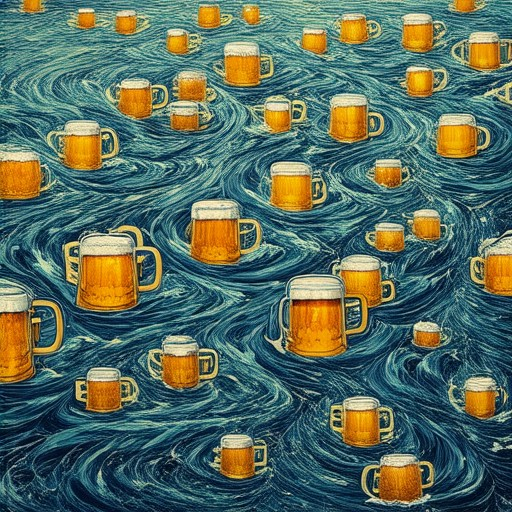
What Makes Up 90% of Beer?
Beer is composed primarily of four key ingredients:
- Water: Approximately 90% of beer is made up of water. This is essential for the brewing process as it serves as the base medium for the malt and yeast.
- Malted Barley: Malt is the core ingredient, contributing around 40-50% of the beer’s weight. It provides the sugars needed for fermentation and adds flavor and body.
- Yeast: Yeast is responsible for fermenting the sugars derived from malt, converting them into alcohol and carbon dioxide, which gives beer its fizz and alcoholic content.
- Hops: Hops make up about 5-10% of the beer and contribute to its bitterness and flavor. They also act as a natural preservative.
These ingredients work together during the brewing process to create the complex flavors and characteristics of beer. The proportions may vary slightly depending on the style of beer being produced, from lagers to ales.
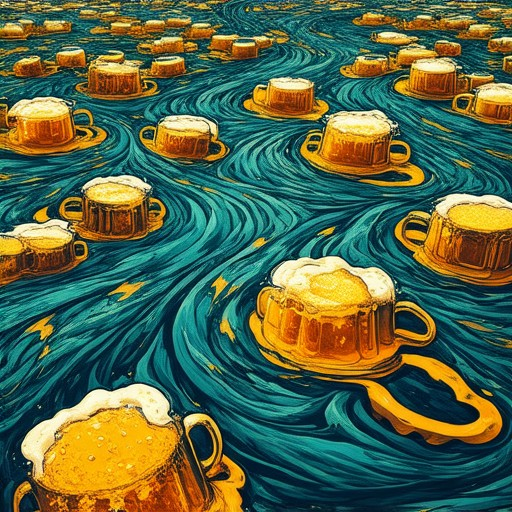
Is the Beer Industry Declining?
The beer industry is currently experiencing a complex landscape, with both challenges and opportunities shaping its trajectory. While some segments are facing difficulties, others remain vibrant and innovative.
-
Craft Beer Segment : Craft breweries have been a significant driver of growth in recent years, but the segment is now grappling with rising operational costs, supply chain disruptions, and shifting consumer preferences. According to the Brewers Association, the number of brewery closures exceeds openings for the first time, signaling a slowdown in this sector.
-
Macro Economic Factors : Inflation and economic uncertainty have impacted disposable incomes, leading to reduced beer consumption in some markets. Consumers are also turning to alternative beverages like hard seltzers, spirits, and non-alcoholic beers, which are gaining popularity.
-
Consolidation and Diversification : Major beer producers are responding by diversifying their portfolios, introducing premium and niche products, and investing in innovation. Companies are also streamlining operations through consolidation to enhance profitability.
-
Regional Differences : The decline is not uniform across all regions. Some markets, particularly in developing economies, continue to see strong demand due to increasing disposable incomes and evolving tastes.
-
Future Outlook : The industry’s resilience depends on its ability to adapt to changing consumer demands and economic conditions. Innovation in product offerings and sustainable practices may drive long-term growth.
For more detailed insights into the state of the beer industry, explore The Goods On Tap’s comprehensive resources and industry analyses at The Goods On Tap , where we delve into trends, brewery reviews, and expert opinions shaping the craft beer scene.
The Biggest Problem for the Beer Industry
The beer industry faces a complex set of challenges, each contributing to its operational difficulties. One major issue is the ongoing supply chain disruptions, particularly concerning the procurement of essential raw materials like hops and barley. These disruptions, exacerbated by global trade restrictions and production limitations, have led to significant cost increases for breweries.
Additionally, the rapid growth of the craft beer segment presents its own set of challenges. Craft breweries often struggle with scaling production efficiently, which can lead to distribution bottlenecks and higher operational costs. This competitive landscape is further intensified by established players like Anheuser-Busch InBev and Heineken, who leverage their economies of scale to dominate the market.
Consumer preferences are also evolving, with increasing demand for low-calorie, non-alcoholic, and flavored beers. This shift requires breweries to adapt their product offerings, sometimes diverting resources away from core beer production. Regulatory challenges, such as varying state-specific regulations, add another layer of complexity for breweries aiming to expand their reach.
Environmental concerns are also becoming a pressing issue, as the industry grapples with reducing waste and carbon emissions. This transition to more sustainable practices necessitates investments in eco-friendly technologies and infrastructure.
To overcome these challenges, breweries must adopt innovative strategies, including product diversification, supplier collaboration, technological advancements, and operational efficiency improvements. By addressing these multifaceted issues, the beer industry can continue to thrive despite significant headwinds.
Learn more about how craft breweries are navigating these challenges .
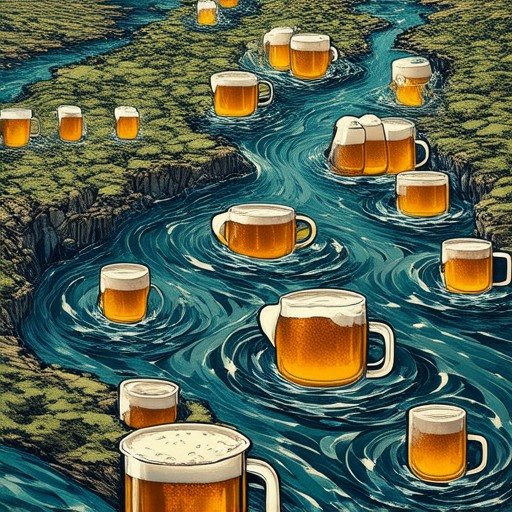
Why Are Fewer People Drinking Beer?
Several factors contribute to the decline in beer consumption:
1. Health Concerns and Awareness
Recent years have seen increased awareness of alcohol-related health issues, such as liver disease, heart problems, and addiction. This has led to a more cautious approach toward alcohol consumption, particularly among younger generations.
2. Changing Social Norms
Social activities that once revolved around heavy drinking are becoming less common. Younger generations may prefer alternative social engagements that don’t center on alcohol.
3. Rise of Alternative Beverages
The market has exploded with alternatives like craft cocktails, hard seltzers, and non-alcoholic beers, offering appealing options for those who still wish to socialize without excessive alcohol intake.
4. Cultural Shifts Toward Mental Health
There is a growing emphasis on mental health, encouraging moderation or abstinence. Public awareness campaigns highlight the negative effects of alcohol, deterring consumption.
5. Economic Factors
Inflation and rising costs have made alcohol less affordable, shifting consumer spending toward other products. Additionally, stricter regulations on alcohol sales may limit accessibility.
6. Influence of Technology and Information
With easy access to information online, people are more informed about alcohol’s risks. Social media further influences perceptions, showcasing both the fun aspects and potential downsides of drinking.
7. Demographic Changes
Younger generations, such as Gen Z and Millennials, view alcohol differently from previous generations, often approaching it with caution due to its perceived risks.
8. Trend of Abstinence Periods
Dry January and Sober October have normalized periods of abstinence, influencing long-term behavior and reducing overall alcohol consumption.
9. Impact of the Pandemic
The COVID-19 pandemic altered drinking habits, with many turning to alcohol less frequently during lockdowns, a trend that has persisted post-pandemic.
Conclusion
Combining these factors, it’s clear that societal changes, evolving attitudes, and health-conscious trends are driving a reduction in beer consumption.


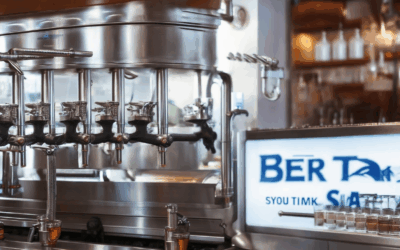
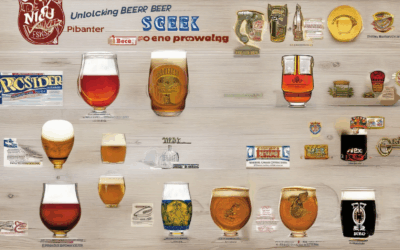
0 Comments